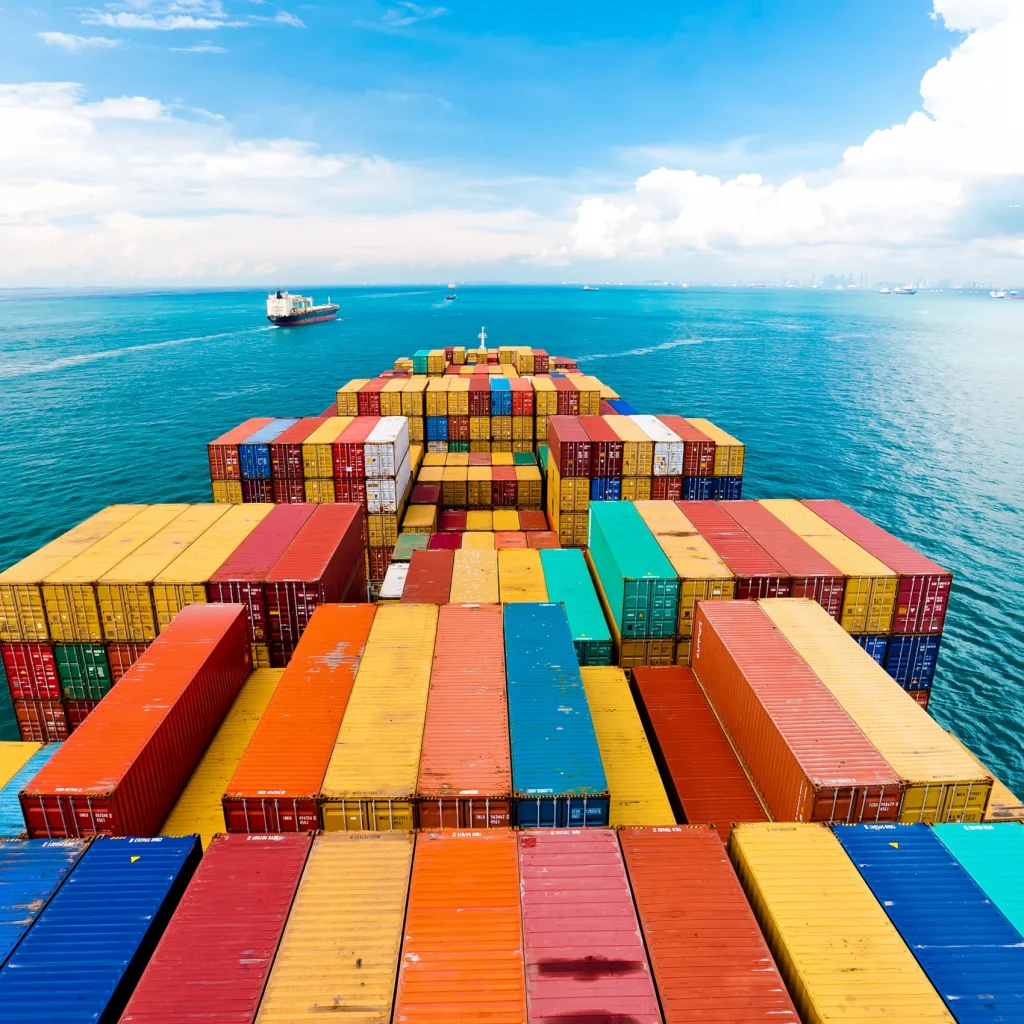Cargo insurance is rapidly changing. The potential of new placement methods, pricing and commodity optimisation is increasingly being realised by forward thinking organisations. New methods often mean a shift away from traditional approaches.
Risk within the cargo market is currently assessed through methods such as Natural Catastrophe modelling (NatCat). NatCat works on three property derived principles:
- The probability of a peril occurring in an area such as fires, floods, earthquakes, or windstorms.
- The safety, quality, construction, and exposure to perils of the associated property where the goods are stored
- The min, max and average possible accumulation of a certain good type at any one time
The method gives an idea as to the amount of capital required to cover a large or total loss. The perspective provided focusses on static stock and is not frequently refreshed, typically seeing annual or quarterly re-forecasting and adjustments, but is this enough or is the market being exposed increasingly more to ‘un-modelled loss’?
Concirrus’ focus is to provide a method of modelling that identifies transit exposure. For accumulation at storage facilities, this translates to visibility of what goods go in and out as they do so. For moving cargo, it delivers a better understanding of what proportion of goods are transported, when and where. This is possible due to an increased frequency of data collation from validated sources that, when aggregated, map to a high percentage of international coverage at a granular resolution.
Whilst transit exposure offers a point of differentiation, direct comparisons to NatCat can be seen where there is a concentration point. Typically, this is where goods transfer, such as a port or storage facility. Modelling transit exposure means total accumulation will be accounted for based on the entry and exit of goods, whilst attritional losses can be identified for individual routes. The differences over route types can be understood, such as crime rates or weather, to create geographical zones that are hotspots for exposure relative to transit method. This naturally extends to organisational profiling, to understand loss trends related to mishandling, poor packing and stowage across a matrix of parties involved in the supply chain (shippers, consignees, port authorities and logistics service providers).
The coverage achieved through Quest Marine Cargo does not just provide a statistic around accumulation and claim frequency. It utilises machine learning to derive an understanding of the factors behind exposure, especially the differences between two routes that express similarities in terms of good type and origin. This results in an Underwriter being able to take a more informed approach to business.
This post is an extract from our white paper: ‘Digitalisation and the Cargo Insurance Market.’ For more, download below:
